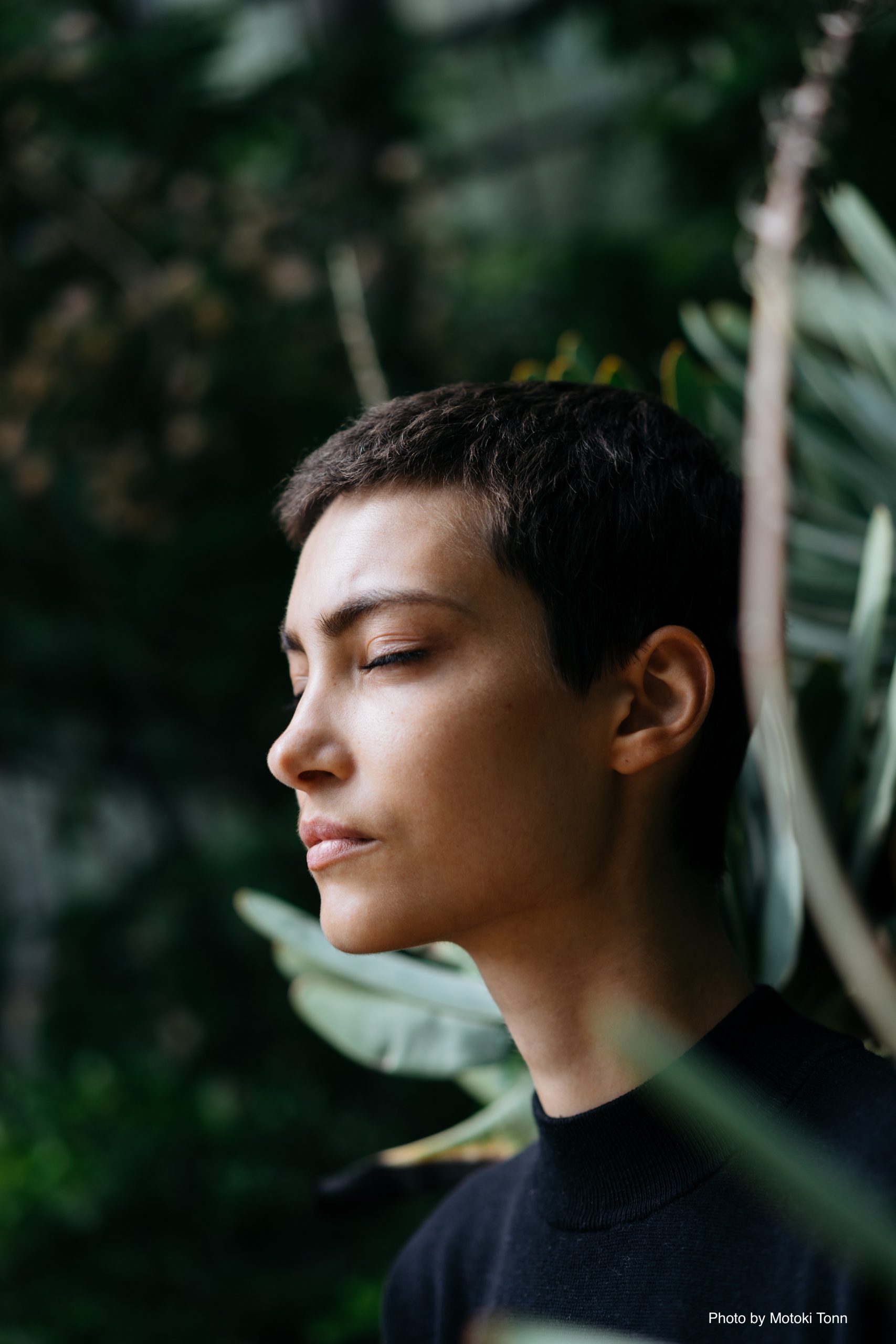Breathwork dates back thousands of years, as evidenced with practices such as yoga in India and Tai chi in China (IICT, 2022). Because of this, the notion that how we breath can affect our mental and physical state is unlikely to be ground-breaking news for most of us. However, by fully understanding the ‘hows’ and ‘whys’ behind this powerful tool, you may find that you are more inclined to embrace it and reap its many benefits.
What is Breathwork?
Breathwork is a term for various breathing practices in which the conscious control of breathing is said to influence a person’s mental, emotional or physical state, with a therapeutic effect.
A lot of the modern breathwork therapy used today rose to popularity in the conscience-raising era of the 1960s and 70s. Breathwork types such as Holotropic Breathwork and Rebirthing Breathwork were formed during this time, and whilst certain models emphasized self-awareness and inner peace, others focused on altered states of consciousness and psychedelic effects (Geddes, H. 1995).
Today there are more than 50 variants of Breathwork out there. Some of them more well-known, including Transformational Breathwork, Integrative Breathwork and The Wim Hof Method.
What are the Benefits?
Breathwork is thought to have a significant number of benefits relating to our mental, physical, and spiritual wellbeing. Those who study the subject report the following potential benefits:
- Releases stress hormones from your body (Örün D et al, 2021)
- Increases energy and boosts immunity (Gelb, M. 2020)
- Helps to manage pain (London Pain Clinic)
- Improves mood (Cell Reports Medicine, 2022)
- Lowers blood pressure and improves circulation (Mori, Hisao et al, 2005)
- Helps manage anxiety (Chen, Y.-F et al, 2017)
The Science Behind Anxiety
Our autonomic nervous system is split into two parts. One part is called the sympathetic nervous system and the other part is called the parasympathetic nervous system.
The sympathetic nervous system functions like a gas pedal in a car. It triggers our fight-or-flight response, providing our bodies with a burst of energy so that it can respond to perceived threats. The parasympathetic nervous system acts like a brake. It promotes the “rest and digest” response that calms our bodies down after the perceived danger has passed (LeBouef T et al, 2022).
When we experience anxiety, this activates our sympathetic nervous system, which means our body will release corticotropin and adrenocorticotropic hormones that keep the body on high alert and ready for intense physical activity. This sequence of hormonal changes and physiological responses are designed to help us to fight off a threat or run to safety, and they can often lead to symptoms such as palpitations, panic attacks, tight chest, sweating, dry mouth, headaches and more (The Anxiety Centre, 2022).
Unfortunately our bodies can act inappropriately by sensing danger when perhaps there really isn’t any, and therefore this hormone production may be unnecessarily initiated in response to a relatively minor stressor. A chain reaction then takes place: your heart starts to race, and you start to sweat, resulting in anxiety. Then you worry about the fact you’re feeling that way, which further exaggerates your anxiety (Anxiety Care).
In order to relieve these uncomfortable symptoms, we need to convince our body that the perceived threat has passed. Then, our cortisol levels will decline, and our parasympathetic nervous system will release hormones that relax our mind and body.
This is where breathwork comes in. By practicing breathwork techniques we can help to quieten our sympathetic nervous system and stimulate our parasympathetic nervous system instead.
Breathwork Techniques
There are several different breathwork techniques out there, but here are three to try:
- Deep Abdominal Breathing
This technique uses a long, deep breath. As you breathe, try to visualise that breath filling up your whole body. Your stomach and chest should expand when you inhale. When you exhale, your chest relaxes, and your navel pulls back in toward your spine. Practice this for at least 1 minute. - 4-4-4 Breathing
4-4-4 breathing is also known as box breathing and is an easy technique. First take a breath and then exhale on the count of four. Then hold your breath for four seconds. Then inhale to the count of four. Then hold your breath for four seconds. Repeat this process several times. - 4-7-8 Breathing
Also known as relaxing breath, 4-7-8 breathing follows the same principles as 4-4-4 breathing. Get yourself in a seated position, either in a chair or cross-legged on the floor or your bed. Inhale to the count of four. Hold your breath for seven seconds. Exhale to the count of eight.
Experiencing anxiety can feel incredibly uncomfortable, and the research indicates that all of us have faced it at some point (NHS Inform). Whilst breathwork is unlikely to be a cure-all, it can be a highly useful practice to turn to in times of need. Adding one or more of the breathwork techniques to your metaphorical toolkit for combatting anxiety is a valuable and constructive step you can take.




